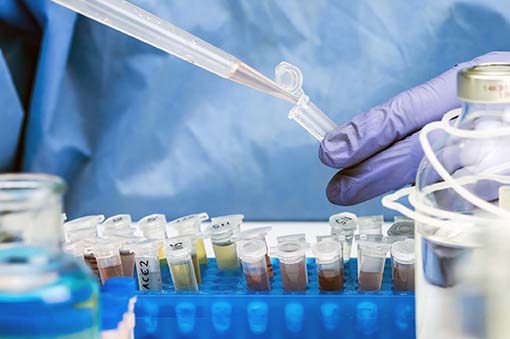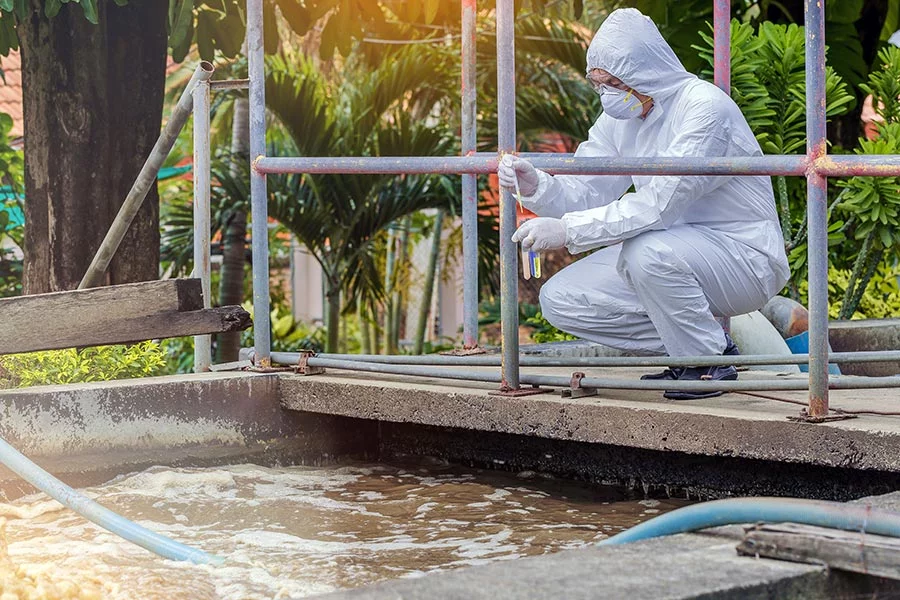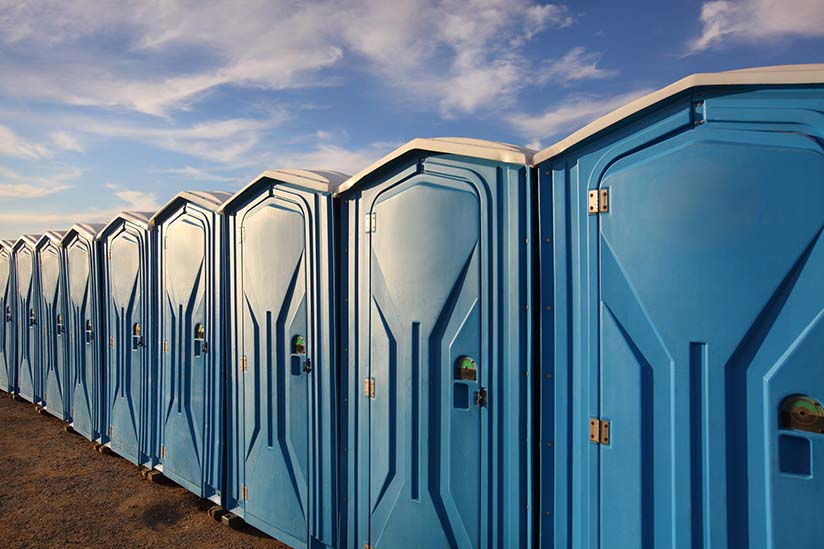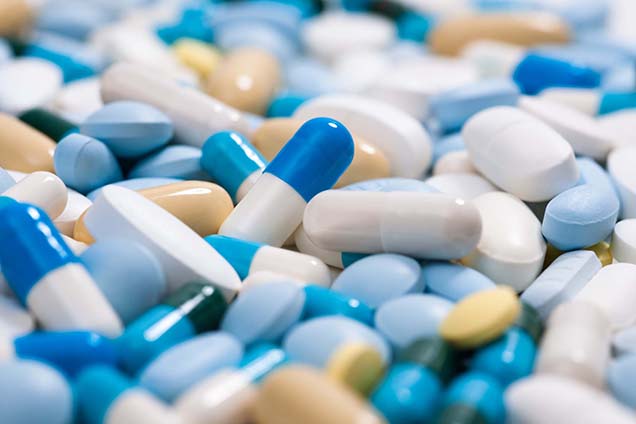Wastewater Surveillance Testing
Safework Health is also the only commercial laboratory in Australia that conducts wastewater surveillance testing.
Our wastewater drug monitoring service offers invaluable insights into potential drug usage or abuse within your workplace. It delivers precise assessments of the actual extent of drug utilisation, identifies the types of drugs being misused, and pinpoints any worksites exhibiting elevated or unusual drug activity.
Our National Toxicologist crafts customised reports detailing drug usage within your workplace. By providing dependable, objective data for a designated area, these reports enable targeted interventions, saving you time and money.
The benefits of wastewater testing for drugs include:
- Provides reliable and objective chemical data
- Estimates drug use without relying on self-reporting
- Captures drug use in the population of a catchment area in real-time.






